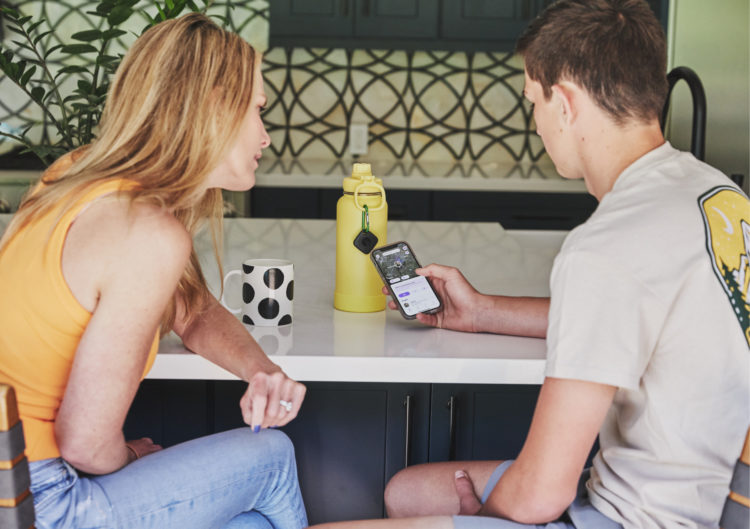How to See Someone Else’s Location History

In a world dominated by travel and technology, the interest in tracking your own and others’ location histories has grown. From parents keeping an eye on their children’s whereabouts, to retracting your steps to find something you’ve lost, tracking location history can be incredibly impactful.
In this blog, we will dive into the concept of location history across iPhone and Android devices, explore the reasons why someone might want to access that information and discuss how tools such as Life360 make it possible with permission and positive intent.
Can Location History Be Tracked?
Yes, location history can be tracked across iPhone and Android devices. In the case of Life360, users have to first give permission to share their location with the others within their Circle. Life360 does not track user locations or location history without explicit permission.
What Is ‘Location History’?
Location history refers to the collection and storage of location data over a period of time. In essence, it creates a digital map of the places a person has been. While this may sound like a concept from a sci-fi movie, the reality is that this feature enhances the way we connect with others and navigate our lives.
How to See Someone Else’s Location History
Knowing where a loved one has been, or where YOU have been, can have positive applications. That being said, it is important to approach this with a mindset of trust, care, and concern. Here is a guide on how to see someone’s location history on Life360, across both iOS and Android.
1. Start with Open Communication
Before turning to technology to see where someone has been, it is important to communicate with them first. Whether you are a parent, a partner, or a friend, having an honest conversation about intent builds trust and understanding. Depending on your own intent, it is best to just ask first and trust your loved one.
2. Use Life360
With Life360, you will be able to see the location history of users within your Circle who have their location-sharing permissions turned on to ‘Always’. This means you will be unable to see their whole location history if they periodically turn their location-sharing off. With the free Life360 plan, users can see up to 2 days of location history. With Gold and Platinum plans, users can see up to 30 days of location history. To access this information, you will simply click on the name of the Circle member you are interested in reviewing and scroll down. There, you will be able to see a list of trips and locations over the available period.
3. Leverage Positive Intent
When seeking someone else’s location history, focus on using it with positive intents only. For parents, it might be about ensuring the safety of their children as opposed to trying to catch them in a lie. Friends might want to help each other to retrace a friend’s steps to find an item they may have lost along the way. If someone you love has gone missing, Life360 may be able to help retrace their steps to where they may have been last. Approaching location history tracking with good intentions helps foster trust among family and friends.
Stay on the Map with Life360
Location history can be a powerful tool when used with good intentions and open communication. While there are various means to access someone else’s location history, family safety apps like Life360 offer a secure and transparent platform for tracking with the well-being of loved ones in mind.



